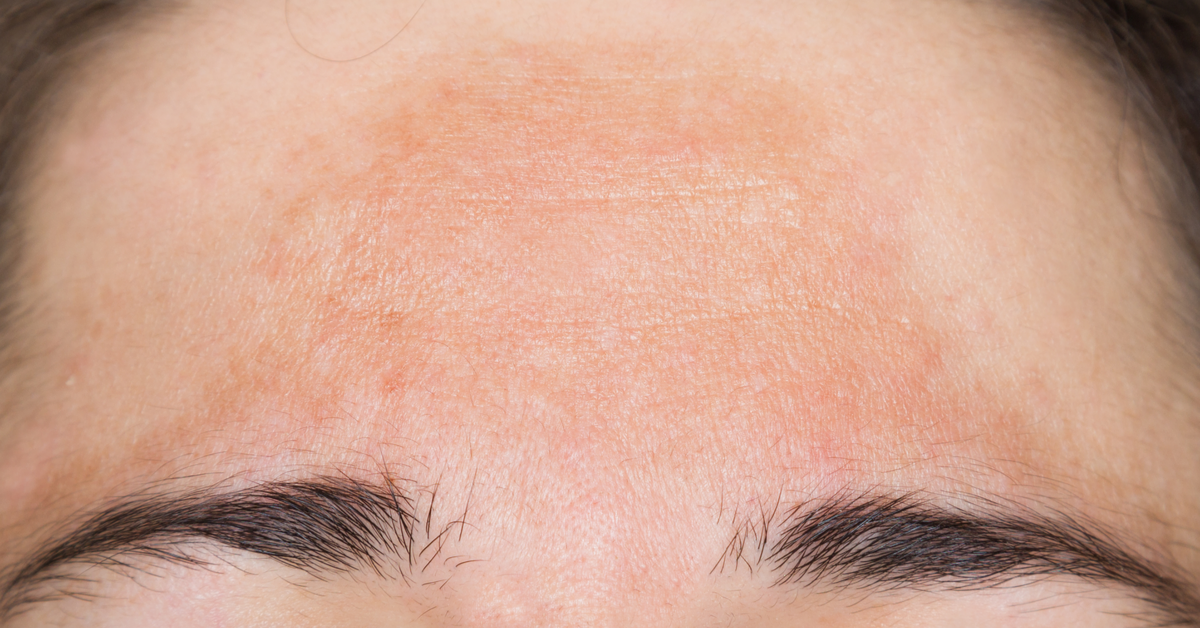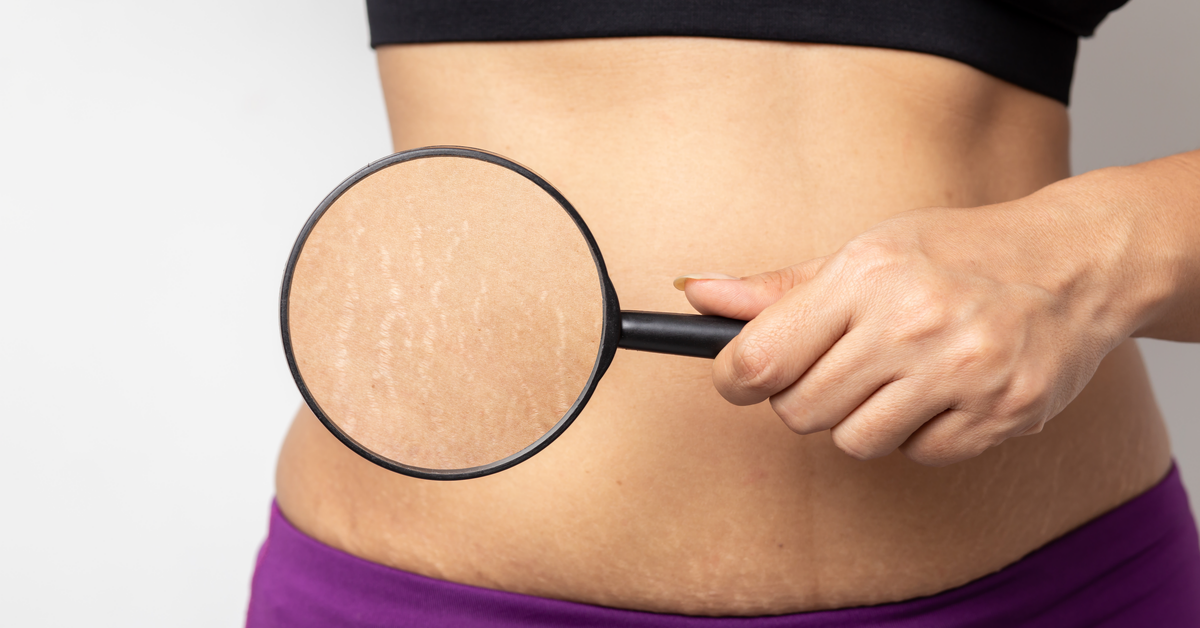Chloasma (Pregnancy Mask)

Chloasma is skin changes on the face. These changes are usually seen as irregular brown spots on the cheeks, forehead, upper lip, nose, or/and chin. These spots are better known as the ‘pregnancy mask’ and the main factor is the sun.
Exp. Dr. Ayfer Aydın “This pigment increase seen in 70-90% of women and often disappears after the baby borns. In rare cases, the increase in pigment is in the deep layers of the skin, as if a tattoo had been done. The treatment in such cases is carried out by an experienced Dermatologist.”
Is it recommendable that when you are going to leave the home or be in direct contact with the sun to apply sunscreen with a factor of at least 15. Thus, stains are less visible. Don’t be fooled by the cloudy weather in summer; apply your sunscreen and go outside, and there is no harm in covering the areas with stains with makeup.
Linea Nigra

The Linea Nigra is the black line seen in the abdomen. The linea nigra is a thin line that appears with the darkening of the anatomical structure called the linea alba (white line), which is usually located between the navel and the pubis junction, which is in the middle of the groin. It usually disappears when the pregnancy period ends.
Do you know how many centimeters the Linea Nigra is when you are in that week of your pregnancy?
Stretch Marks (Strie Gravidarum)

The Stretch marks occur in most women during pregnancy. These stretch marks form on the abdomen, buttocks, and breasts. It occurs due to excessive skin stretching, and often the cracked areas can be itchy. While the stretch marks are red during pregnancy, they become silvery after birth and are permanent.
Cracks are formed by the sudden development of the tissues under the skin and insufficient skin to grow. In other words, the growth of the underlying tissue is above the stretching capacity of the skin, and the skin is separated in those areas. The body fills these split skins with repaired tissue.
Exp. Dr. Ayfer Aydın “The oils used in the treatment method called “
aromatherapy”, which has become fashionable recently, should be avoided during pregnancy. Although these oils are of vegetable origin, it should not be forgotten that most of the medicines are of vegetable origin.”
Skin Dryness and Itching

Dry skin may occur in the first months of pregnancy. This dryness causes either flaking of the skin or itching. The reason is the high levels of progesterone hormone. In some pregnancies, itching may increase from the 5th and 6th months. Moisturizing creams can be used for skin dryness. If the itching has increased, you can use anti-itch creams recommended by your doctor.
Varicoses
Varicose veins appear in the form of spider webs, especially on the legs. The cause of varicose veins is the pressure on the veins of the growing uterus and general enlargement of the veins. The main reason for the appearance of varicose veins is a familial factor. So if your mother has varicose veins, you probably also have them. To prevent them, be careful not to stand long, take walks on a straight path, and avoid gaining excess weight. Especially with pregnancy, varicose veins may increase, and thin varicose veins may be permanent after pregnancy. The treatment method for this is laser therapy.
Oedema

Half of the pregnant women experience swelling of the face, eyelids, hands, and feet, called oedema, due to water collection. While these edemas are very evident in the morning, they disappear during the day. For example, if you stand a lot during pregnancy, your feet may become edematous. For oedema seen during pregnancy not to be too severe, attention should be paid to salt consumption; you should not neglect to do the exercises recommended by your doctor. Also, the feet should be lifted a little higher while resting during the day, and it would be beneficial to put a pillow under the feet while sleeping at night. Oedema will disappear in a short time after delivery.
Would you like to share your experiences and questions as a comment?
Wishing you well!








